
Hello there Pod 2 (Sullo, Zhenyu, and Junfeng) and thank you for sharing your resource with us! I was especially excited to review your interactive learning resource because it is surrounding a topic that I as a learner hope to one day be more proficient in.
Blind learner review of PowerPoint: Overall first thoughts
While reviewing your learning resource I decided to begin by taking the standpoint of a learner attempting to complete your course. From the get-go, I really enjoyed the visually pleasing relevant slide deck you chose for your presentation. The slides, images, format, and bright colours allowed me as a learner to stay engaged throughout. Beginning with the first few slides including the table of contents and the two-course overview slides, I enjoyed your course overview description about drawing, however, a question I have is whether or not the course’s focus is on drawing or painting, as on both the PowerPoint and google docs you mention both. As a learner, I would have appreciated added detail about the series of topics and units that were to be taught in the course. I think that adding in the specific activities you have planned for the student will help them see the big picture and the end goal of their participation in the course. Moving on in the slide deck, as a viewer, I enjoyed that you used both images and text to explain the learning activities. I believe that using a larger font and bolding important information would also allow for clear expectations to be communicated to the learner. A suggestion for the learning activities would be to define what the student is learning about before their individual task. For example on slides 17 and 18, I did not know what a still life was but once given the definition I would be able to complete the tasks accordingly. I wonder if also having more descriptive detail for what the instructors are looking for in each activity would assist the learner in completing the tasks to the best of their abilities to showcase their best work.
Details of Google docs review: Overview, Content, Rationales, Assessment plan
The initial introduction overview of your topic Drawing/Painting (similar to the PowerPoint, it is a bit misleading the topic of the learning resource) was written and I enjoy that the writers included their own research into the overview to back up their reasoning for choosing this topic. I am curious about the chosen activities and planned future lessons that are described both in the PowerPoint and on the Google docs as the wording “long-term projects” is used. From my understanding the learning resource is required to take no more than 2 hours, I wonder if you could explain that this is the first part of a 3-4 part learning resource series? Moving on I wonder in your description of your chosen learning theory if you would reconsider your chosen rationale. Looking at your learning resource from a student’s perspective I see a course that leans more towards a constructivist approach. Throughout the learning process we, the learner, are exploring different means of drawing techniques, and are constructing our thoughts and opinions on this learning through our own reflections and artwork. How this differs from a behaviourist perspective is that in the behaviourism learning theory the learner is stimulated to learn through a prompt or response from an instructor and not motivated solely on their own. I agree and enjoyed your rationale for the learning design you chose. As you said, you do learning drawing through practicing and applying learned knowledge, exactly what experiential learning believes, However, I was wondering if adding in direct instruction would also be considered as a learning design used in this course, due to the instructional tone and mode used throughout the slide deck? I loved how your learning outcomes were so specific as well as contained descriptions of the learning to take place, I wonder if these outcomes could be listed somewhere in your PowerPoint to be even more clear.
I appreciate the thoughtful walkthrough explanation of every learning activity, I think that mentioning these details would really strengthen your PowerPoint as well as assist the learner in understanding what their goals were in the completion of each activity. I enjoyed the breakdown of each activity but am curious whether the final learning resource will contain all of the added activities and resources mentioned. In both the Google docs description and the actual learning resource slide deck, you did an incredible job creating your assessment plan using your created Google forms. The questions on the Google form quizzes require the students to participate and practice, which enhances both student engagement and achievement. As well as the second quiz, I appreciate how personal and self-reflective the questions are. My only concern would be what sort of criteria or rubric you would use to objectively grade the student’s final work. In your assessment plan, you mention “good drawing” and I believe that defining this as a specific rubric would allow students a clearer understanding of your expectations. I like your mentioning of how you will design for the inclusion of diverse learners and learning to take place, but am curious whether there are other ways in doing so. For your hearing impaired learners, providing more multimodal instruction through images and videos may assist them as well as assist your ELL learners in understanding what is expected of them in a visual format.
Overall thoughts
Overall I believe that the interactive resource has the potential to be such an engaging, informative and creative way of teaching learners about one of the most important elements of art. It is clear that both well-thought planning and discussion were made to create this resource and I am looking forward to seeing the final product! I would also like to mention that the artwork shown in the PowerPoint is beautiful and that you are all very talented artists!

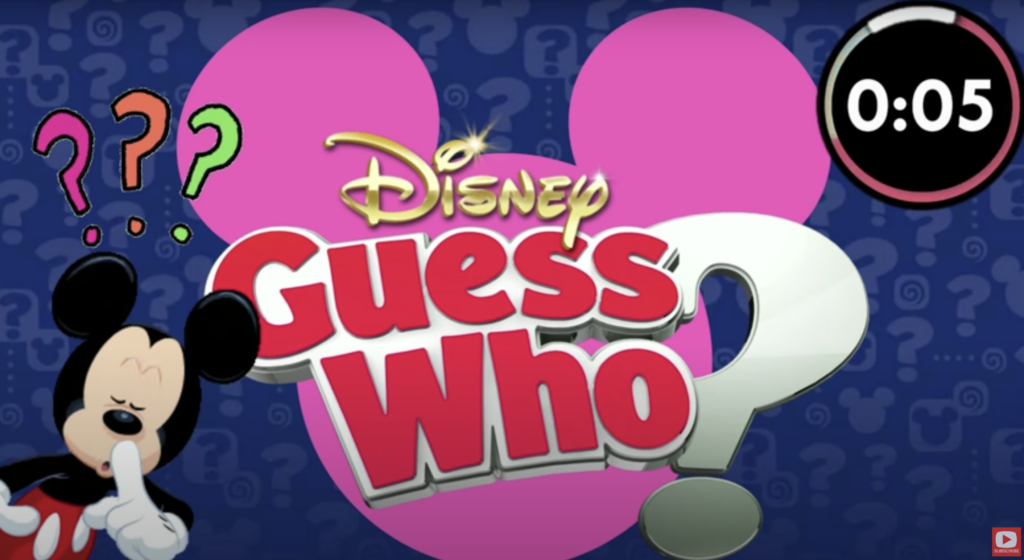
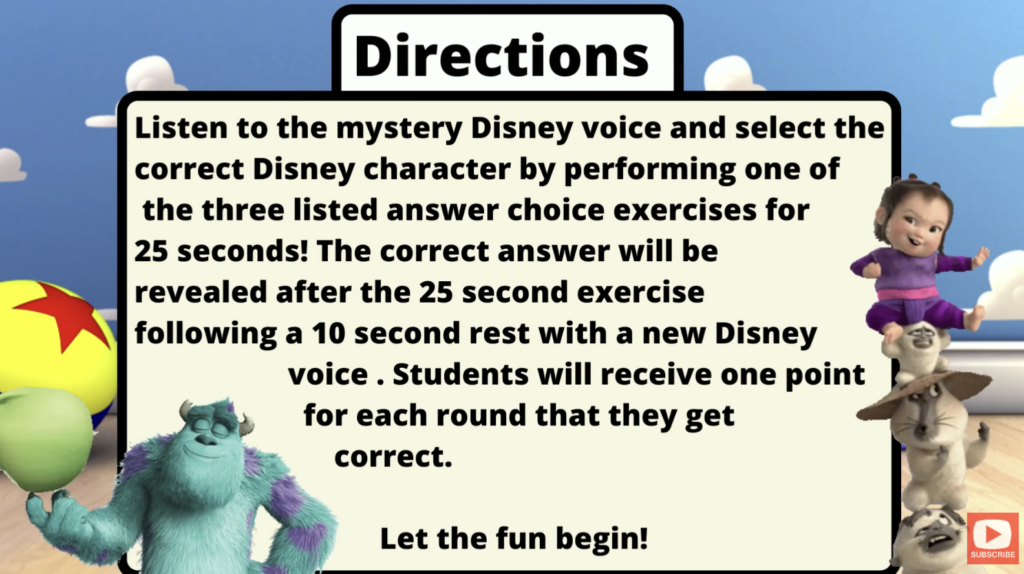
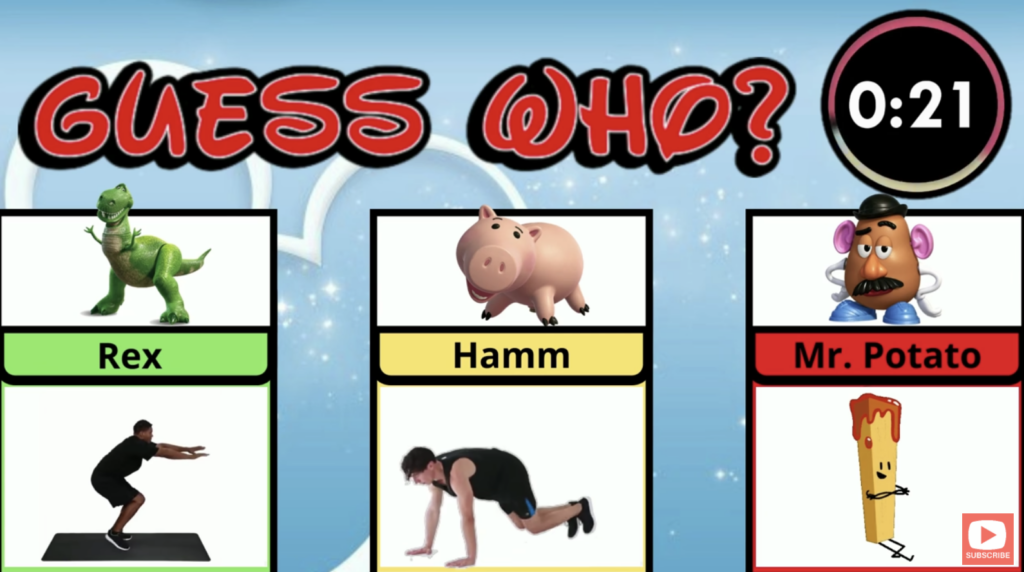
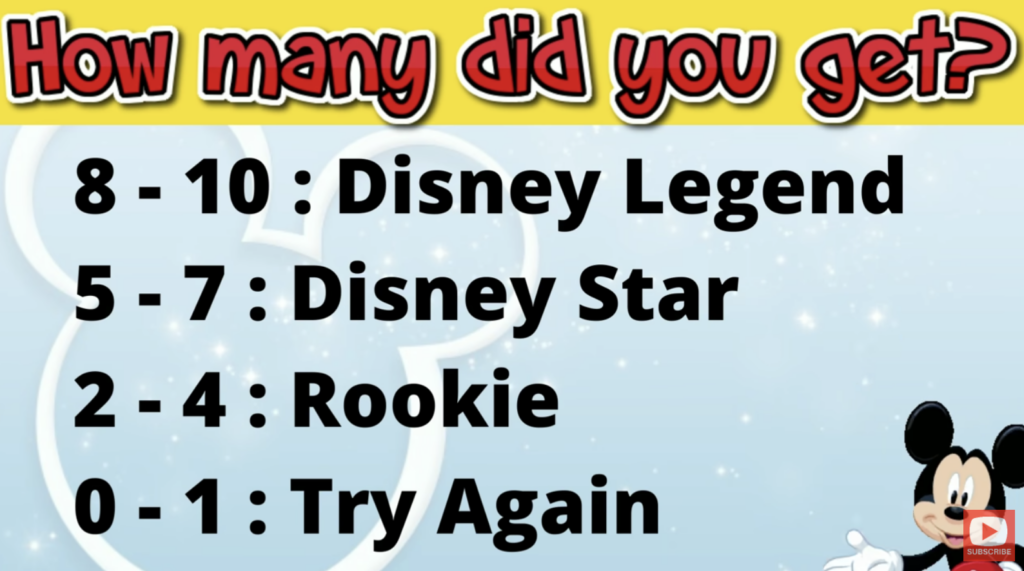
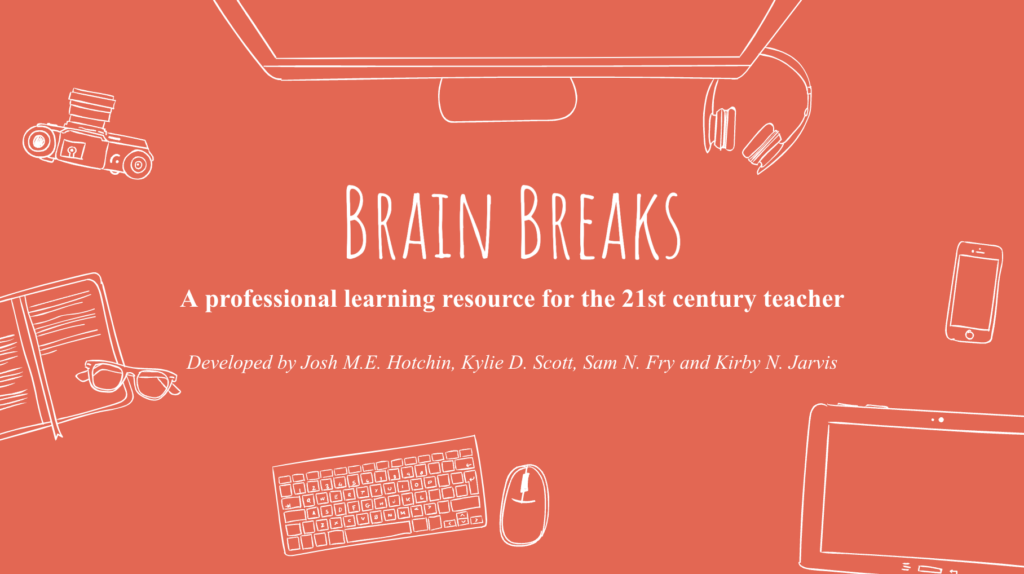
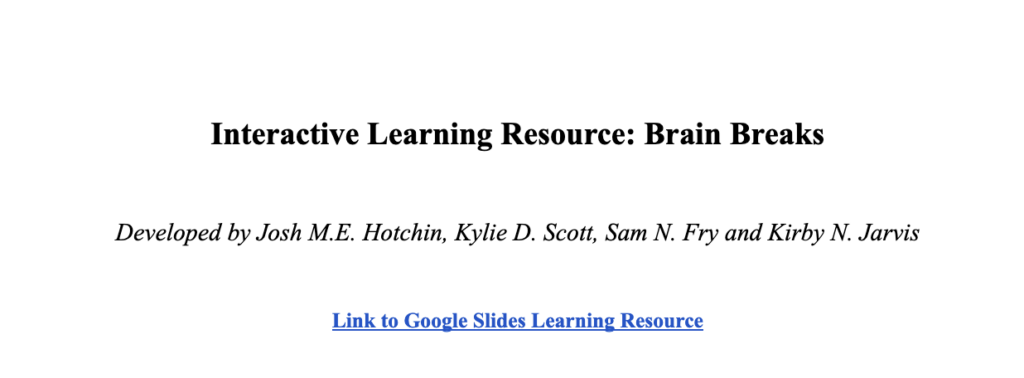
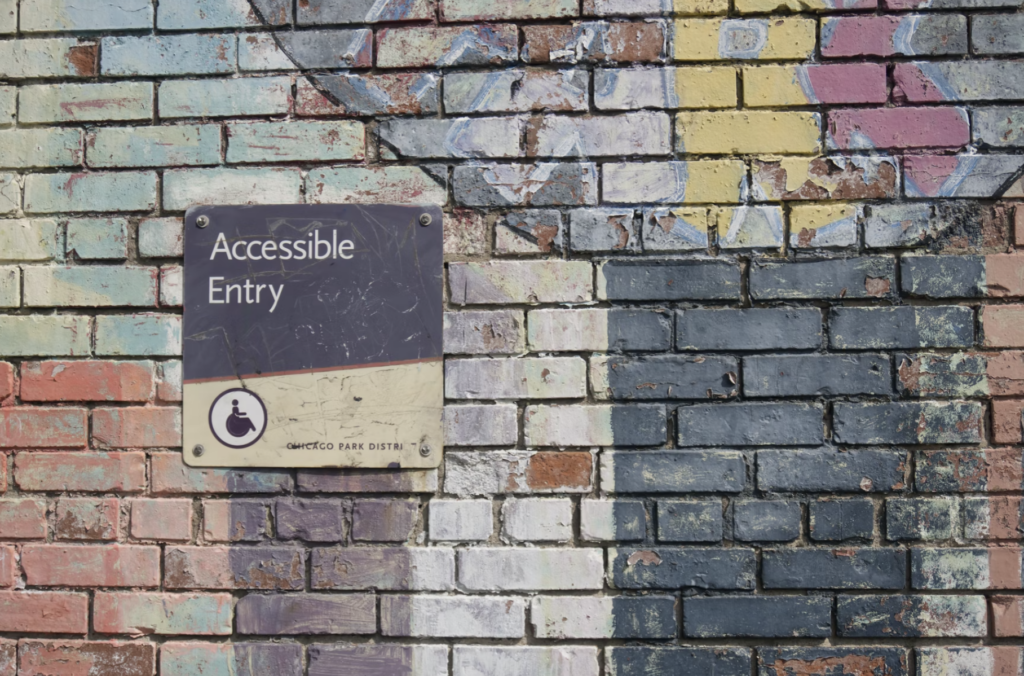
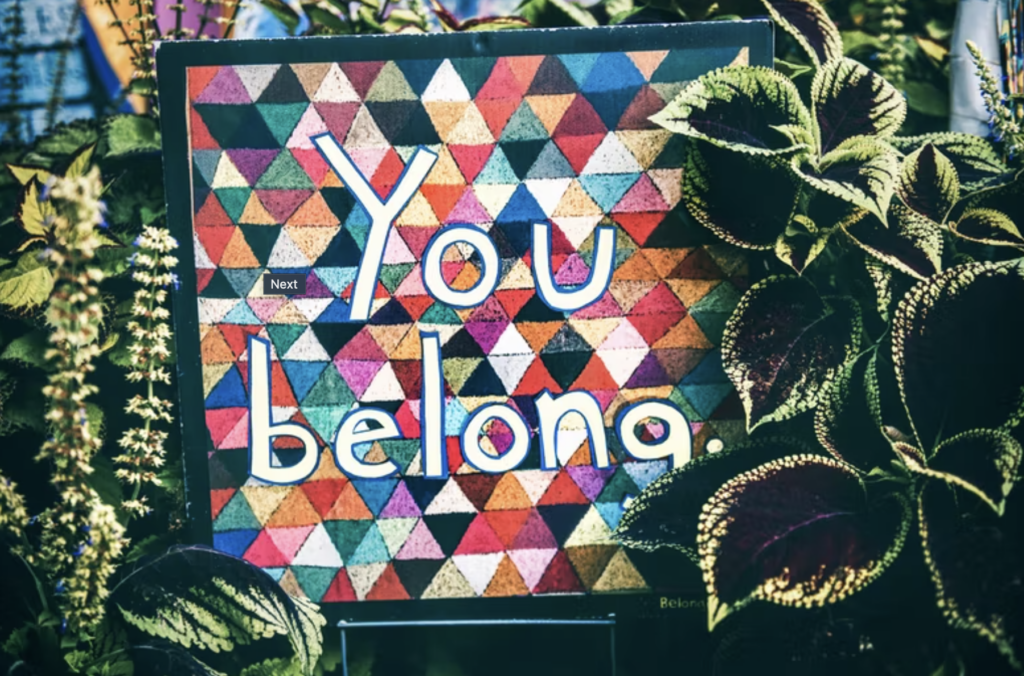

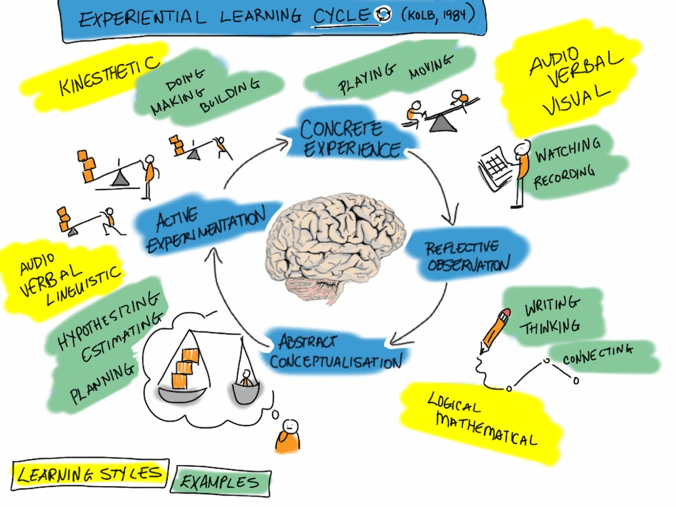


Recent Comments